A debate on working memory and cognitive control: can we learn about the treatment of substance use disorders from the neural correlates of anorexia nervosa?
- PMID: 26772802
- PMCID: PMC4715338
- DOI: 10.1186/s12888-016-0714-z
A debate on working memory and cognitive control: can we learn about the treatment of substance use disorders from the neural correlates of anorexia nervosa?
Abstract
Background: Anorexia Nervosa (AN) is a debilitating, sometimes fatal eating disorder (ED) whereby restraint of appetite and emotion is concomitant with an inflexible, attention-to-detail perfectionist cognitive style and obsessive-compulsive behaviour. Intriguingly, people with AN are less likely to engage in substance use, whereas those who suffer from an ED with a bingeing component are more vulnerable to substance use disorder (SUD).
Discussion: This insight into a beneficial consequence of appetite control in those with AN, which is shrouded by the many other unhealthy, excessive and deficit symptoms, may provide some clues as to how the brain could be trained to exert better, sustained control over appetitive and impulsive processes. Structural and functional brain imaging studies implicate the executive control network (ECN) and the salience network (SN) in the neuropathology of AN and SUD. Additionally, excessive employment of working memory (WM), alongside more prominent cognitive deficits may be utilised to cope with the experience of negative emotions and may account for aberrant brain function. WM enables mental rehearsal of cognitive strategies while regulating, restricting or avoiding neural responses associated with the SN. Therefore, high versus low WM capacity may be one of the factors that unites common cognitive and behavioural symptoms in those suffering from AN and SUD respectively. Furthermore, emerging evidence suggests that by evoking neural plasticity in the ECN and SN with WM training, improvements in neurocognitive function and cognitive control can be achieved. Thus, considering the neurocognitive processes of excessive appetite control and how it links to WM in AN may aid the application of adjunctive treatment for SUD.
Figures
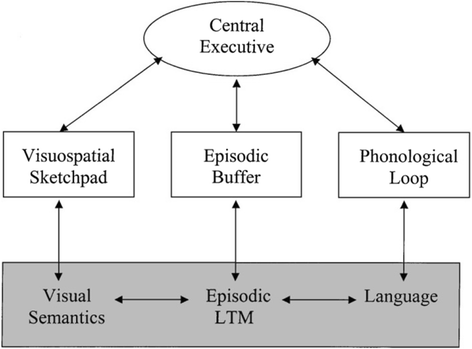
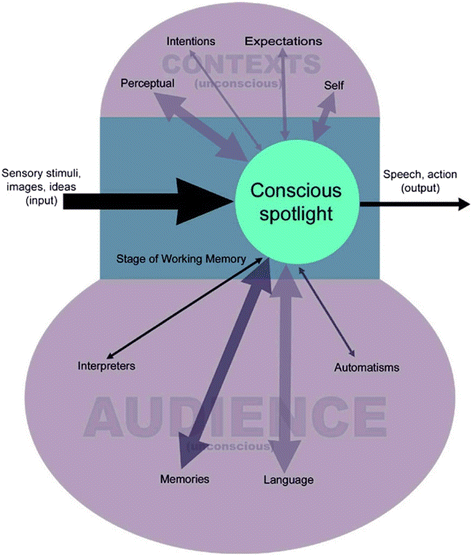
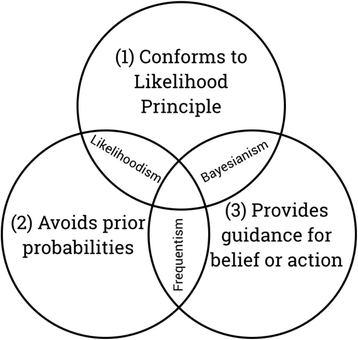
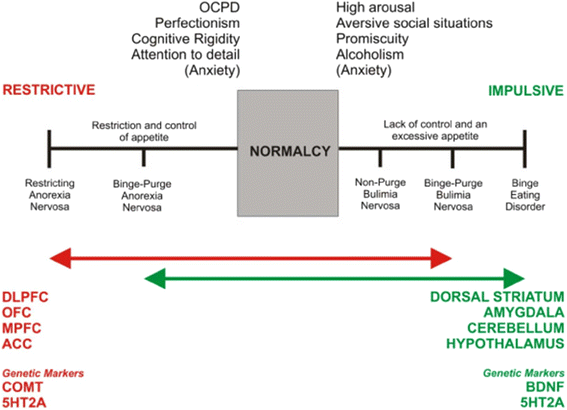
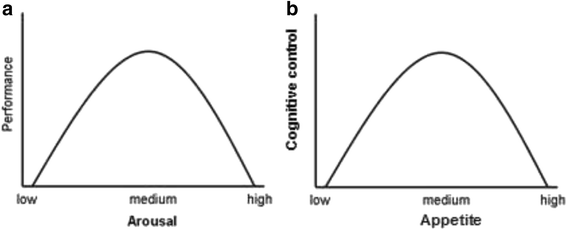
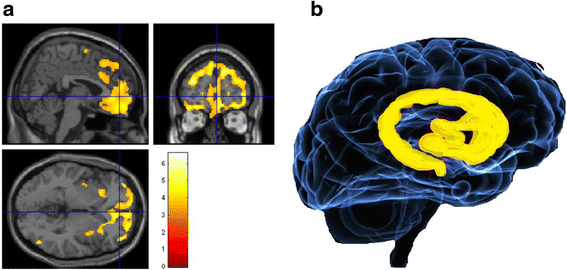
Similar articles
-
The Role of Working Memory for Cognitive Control in Anorexia Nervosa versus Substance Use Disorder.Front Psychol. 2017 Sep 22;8:1651. doi: 10.3389/fpsyg.2017.01651. eCollection 2017. Front Psychol. 2017. PMID: 29018381 Free PMC article. Review.
-
Substance use disorder and obesogenic eating: Does working memory training strengthen ability to abstain from unwanted behaviors? A systematic review.J Subst Abuse Treat. 2022 Jun;137:108689. doi: 10.1016/j.jsat.2021.108689. Epub 2021 Dec 13. J Subst Abuse Treat. 2022. PMID: 34952746
-
Topologically Reorganized Connectivity Architecture of Default-Mode, Executive-Control, and Salience Networks across Working Memory Task Loads.Cereb Cortex. 2016 Apr;26(4):1501-1511. doi: 10.1093/cercor/bhu316. Epub 2015 Jan 16. Cereb Cortex. 2016. PMID: 25596593 Free PMC article.
-
Aberrant function of learning and cognitive control networks underlie inefficient cognitive flexibility in anorexia nervosa: a cross-sectional fMRI study.PLoS One. 2015 May 13;10(5):e0124027. doi: 10.1371/journal.pone.0124027. eCollection 2015. PLoS One. 2015. PMID: 25970523 Free PMC article.
-
[Anorexia nervosa in the light of neurocognitive functioning: New theoretical and therapeutic perspectives].Encephale. 2014 Apr;40(2):160-7. doi: 10.1016/j.encep.2012.06.004. Epub 2013 Mar 28. Encephale. 2014. PMID: 23541918 Review. French.
Cited by
-
Patients with Methamphetamine Use Disorder Show Highly Utilized Proactive Inhibitory Control and Intact Reactive Inhibitory Control with Long-Term Abstinence.Brain Sci. 2022 Jul 24;12(8):974. doi: 10.3390/brainsci12080974. Brain Sci. 2022. PMID: 35892415 Free PMC article.
-
FMRI Study of Neural Responses to Implicit Infant Emotion in Anorexia Nervosa.Front Psychol. 2017 May 17;8:780. doi: 10.3389/fpsyg.2017.00780. eCollection 2017. Front Psychol. 2017. PMID: 28567026 Free PMC article.
-
The Role of Working Memory for Cognitive Control in Anorexia Nervosa versus Substance Use Disorder.Front Psychol. 2017 Sep 22;8:1651. doi: 10.3389/fpsyg.2017.01651. eCollection 2017. Front Psychol. 2017. PMID: 29018381 Free PMC article. Review.
-
Cognitive Control of Eating: the Role of Memory in Appetite and Weight Gain.Curr Obes Rep. 2018 Mar;7(1):50-59. doi: 10.1007/s13679-018-0296-9. Curr Obes Rep. 2018. PMID: 29430616 Free PMC article. Review.
-
Psychological intervention with working memory training increases basal ganglia volume: A VBM study of inpatient treatment for methamphetamine use.Neuroimage Clin. 2016 Aug 24;12:478-91. doi: 10.1016/j.nicl.2016.08.019. eCollection 2016. Neuroimage Clin. 2016. PMID: 27625988 Free PMC article.
References
-
- Baddeley, Alan D, Graham J. Hitch. Working memory. Psychol Learn Motiv. 1974;8: 47-89.
-
- Libet B. Unconscious cerebral initiative and the role of conscious will in voluntary action. Behav Brain Sci. 1985;8:529–566. doi: 10.1017/S0140525X00044903. - DOI
Publication types
MeSH terms
Grants and funding
LinkOut - more resources
Full Text Sources
Other Literature Sources
Medical

